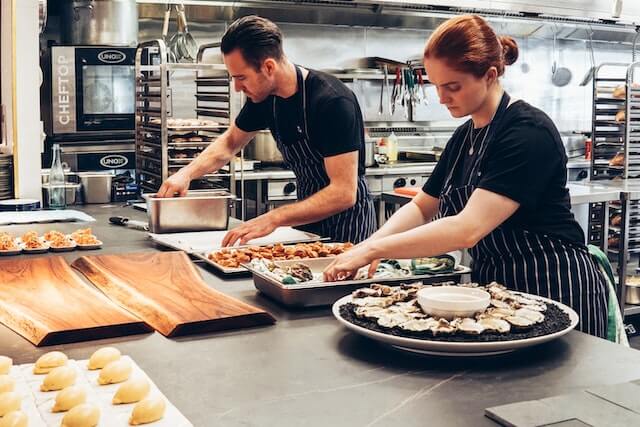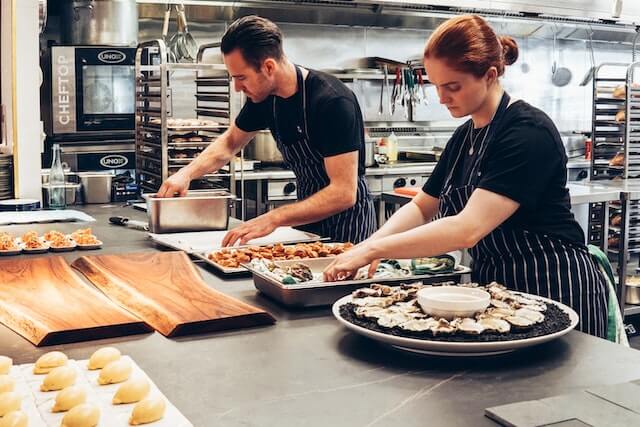Every restaurant thrives off of great reviews from its patrons. Whether it’s the service, the ambiance, or the food, every review counts! But let’s be honest, one can excuse a bit of poorly chosen décor, or a less than exciting vibe on the night, but under no circumstances would it ever be okay to find something foreign in your food, or worse, suffer from food poisoning due to a hygiene issue in the kitchen. Reviews like that could do irreparable damage to your restaurant’s reputation.
Restaurant kitchens are massive breeding grounds for pests and other nasty germs. It, therefore, goes without saying that maintaining the necessary hygiene standards is crucial to your restaurant.
Personal Hygiene Tips for Restaurant Service Staff
Always Do This
- Wear closed, non-slip shoes
- Wear a fresh uniform every day
- Keep fingernails short and clean
- Wear a hair net, clip your hair back, and in the case of a beard – keep it neatly trimmed
- Wash hands frequently – before you start work, after bathroom breaks, before handling any new workstation in the kitchen
- Wear gloves when handling food
- Leave jewelry and accessories at home
Never Do This
- Sneeze or cough over your work surface or food
- Touch your face or parts of your body while you’re working
- Report for work if you are sick
Regular Inspection in Restaurant Areas
While the entire kitchen requires deep professional cleaning and regular DIY cleaning, there are specific areas that require special attention. The floors are first on that list for obvious reasons. With the debris that falls to the ground, the underside of people’s shoes, and all the dark and unseen crevices, the floor is the dirtiest. Add to that the walls and the ceilings! These deceptive areas quickly gather grime and germs that the naked eye would miss.
Other areas include work surfaces, exhaust hoods, and deep fryers.
Sanitation is key!
A thorough sanitizing routine is non-negotiable for adequate hygiene standards. Start by sweeping to remove all debris on the floor. Next, you should prepare your sanitary solution. We recommend a non-pathogenic bio-enzymatic cleaner which helps best with dirt and odor. Mop and coat the kitchen floor with the solution, and allow it to dry for approximately 10 minutes.
Once it’s dry, grab a stiff bristle deck brush and give the floor a good old-fashioned scrub! The final steps are to clean the floor with a wet and dry vacuum, remove as much solution as possible and let the floor dry out completely.
Sanitary tip: Always thoroughly clean your mop after each use and store it in a clean environment.
Take action now!
Don’t hesitate and risk getting caught with a liability issue on your hands. It’s time to clean up the protocols and clean your kitchen – the right way! Get in touch with us now through our handy online form. We’ll call you back and give you all the information you need on how you can get your restaurant kitchen squeaky clean and in good standards of hygiene!


